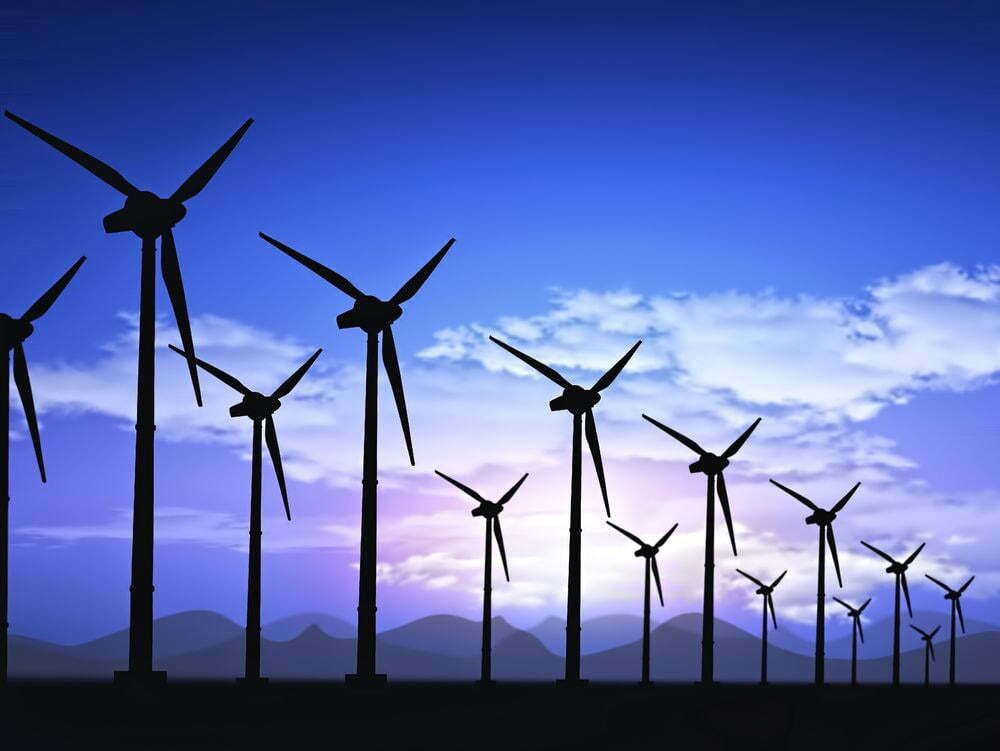
A team of three labs will use remote communities to study the efficacy of turbines designed to fit into 20-foot shipping containers.
The suggested “deployable wind” technology is being tested in distant regions by a group of public and commercial laboratories that are striving to give disaster relief groups and the military with dependable renewable energy alternatives.
According to a Nov. 22 NREL news release, the National Renewable Energy Laboratory, Idaho National Laboratory, and Sandia National Laboratories have been collaborating for four years to create “rapid and dependable” power solutions for “conflicts and catastrophes.”
Though it noted that modular solar panels are “easy to ship and install,” the team is focusing on wind solutions due to a potential lack of “steady” sunshine in locations of conflicts and disasters. This required innovations that could allow a wind turbine to arrive and be deployed quickly, the release said.
A “completely other difficulty than the wind energy industry was used to,” according to Brent Summerville, an NREL dispersed wind energy systems engineer who worked on the project, is creating “portable” wind turbines that can be quickly erected and deployed.
In the end, the team was able to create a 20-kilowatt wind turbine that could fit into the common 20-foot shipping containers used by the military and the American Red Cross, along with “a few solar panels and batteries.”
According to the NREL release, the team organised a virtual workshop in June where wind turbine providers spoke with military and disaster response groups about the possibilities of this technology and learned that they require proof of successful test installations.
Mechanical engineer Brent Houchens of Sandia National Laboratories said the study focuses on severe situations when a “complete loss of electricity” is unworkable. He acknowledged the necessity of the scheduled testing in order to prevent these technologies from having to demonstrate their effectiveness when “people’s lives are on the line.”
With “researchers located at climate monitoring stations in the Arctic” and isolated villages in Alaska that are aiming to “lower their overall dependency on fossil fuels,” Houchens said the team hopes to test these transportable turbines by placing them there.
According to NREL’s statement, the 20-foot shipping containers may be able to accommodate “many more kilowatts of wind energy from the less-proven technology of airborne wind turbines.”
According to Summerville, “military and disaster assistance agencies want something that’s going to work.” “Airborne wind may eventually be a viable option if it is shown to be dependable.”